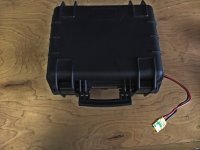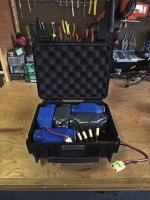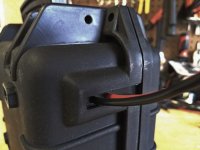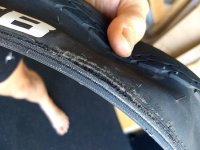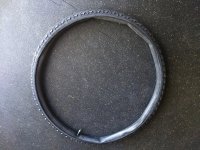wturber said:
amberwolf said:
Keep in mind also that most ebike batteries' BMS units use a very very low LVC, right down at the cells' spec sheet minimum. This is because a BMS is a last ditch line of defense against damaging a battery or causing a fire, and it's why controller LVCs use a much higher LVC. (for instance, a BMS may use a 2.8v per cell LVC, while a controller may use a 3.0v to 3.2v per cell LVC).
Maybe. I figured that the controller uses a higher voltage per cell because they must generalize since they can't know ahead of time what your particular cell spec actually is.
Actually, they can, because the common cells have, within a tenth of a volt or less, the same cutoffs, regardless of brand and model. So the same 3.0 to 3.2v LVC works for all of them just as well, to protect them against overdischarge, or running them all down really far every time, while leaving enough overhead that if you have an unprotected (no BMS) pack that is not well balanced, it's not as likely to overdischarge any particular cell
Someone designing a battery is, however, in a great position to know what cells are being put in the battery.
Yes, but that doesn't mean they care, or understand, or actually know more than the very basics of what the cell spec sheet says (whcih is not the whole story of limits when building a pack). Many probably do, but some don't. Just like pack builders here on ES, with this whole site as a resource, often still prefer to run their cells at the max the cell spec sheet allows for both current and capacity / voltage....
Also, most (especially cheap and commonly available) ebike BMS are designed to cut off at the very lowest the common Li cells can be run down to, about 2.8v, which is harder on them to do every time, vs a higher level like 3.0 to 3.2v. That's really a pretty fine cutoff point, when looking at a cell's spec sheet's discharge curve, and vs the lifespan of keeping a cell within a narrower voltage range (though the high end being high is harder on the cell than the low end being low, they can both affect it).


